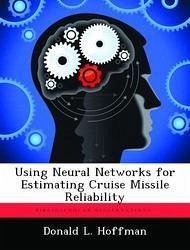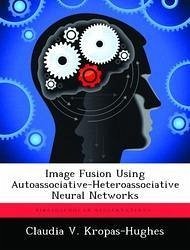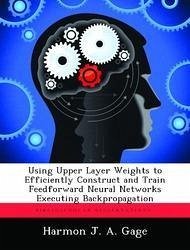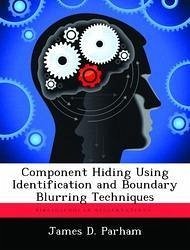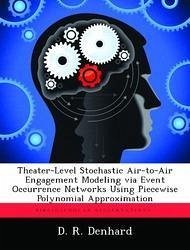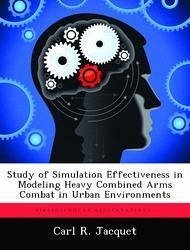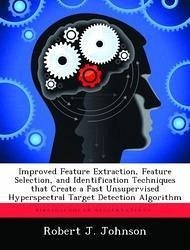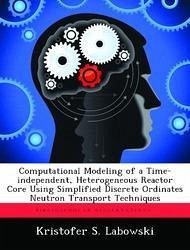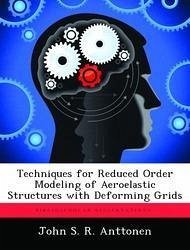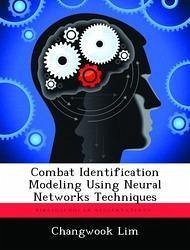
Combat Identification Modeling Using Neural Networks Techniques
Versandkostenfrei!
Versandfertig in über 4 Wochen
52,99 €
inkl. MwSt.
Weitere Ausgaben:

PAYBACK Punkte
26 °P sammeln!
The purposes of this research were: (1) validating Kim's (2007) simulation method by applying analytic methods and (2) comparing the two different Robust Parameter Design methods with three measures of performance (label accuracy for enemy, friendly, and clutter). Considering the features of CID, input variables were defined as two controllable (threshold combination of detector and classifier) and three uncontrollable (map size, number of enemies and friendly). The first set of experiments considers Kim's method using analytical methods. In order to create response variables, Kim's method use...
The purposes of this research were: (1) validating Kim's (2007) simulation method by applying analytic methods and (2) comparing the two different Robust Parameter Design methods with three measures of performance (label accuracy for enemy, friendly, and clutter). Considering the features of CID, input variables were defined as two controllable (threshold combination of detector and classifier) and three uncontrollable (map size, number of enemies and friendly). The first set of experiments considers Kim's method using analytical methods. In order to create response variables, Kim's method uses Monte Carlo simulation. The output results showed no difference between simulation and the analytic method. The second set of experiments compared the measures of performance between a standard RPD used by Kim and a new method using Artificial Neural Networks (ANNs). To find optimal combinations of detection and classification thresholds, Kim's model uses regression with a combined array design, whereas the ANNs method uses ANN with a crossed array design. In the case of label accuracy for enemy, Kim's solution showed the higher expected value, however it also showed a higher variance. Additionally, the model's residuals were higher for Kim's model.



